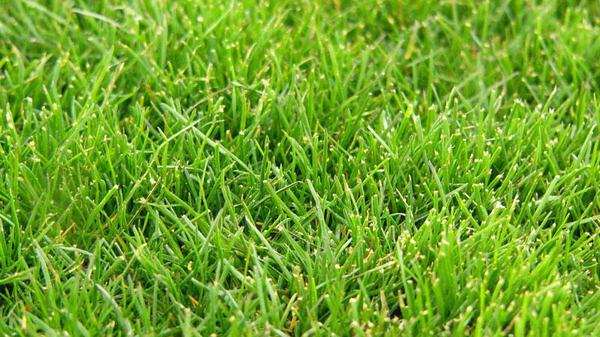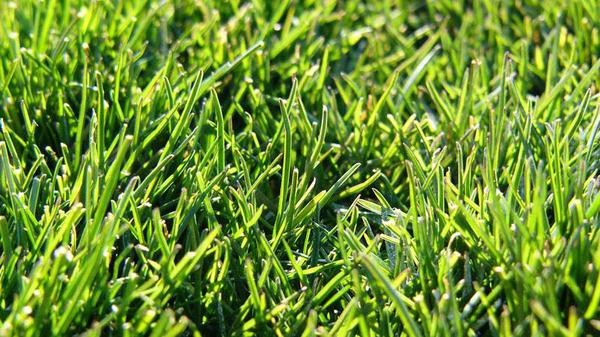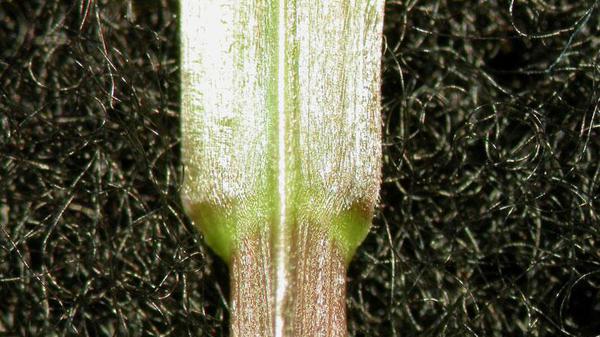Description
Rough (also called roughstalk) bluegrass (Poa trivialis) has a relatively limited adaptation as a turf species because of intolerance to heat, drought, and traffic. It is also very patchy in appearance and therefore does not perform well in mixtures. However, rough bluegrass is sometimes used alone or in combination with perennial ryegrass for winter overseeding of golf course putting greens. Rough bluegrass can often be confused with Kentucky bluegrass. One way to distinguish them is to examine the root structures: rough bluegrass has stolons (above ground) and Kentucky bluegrass has rhizomes (below ground). Another way to distinguish between them is that rough bluegrass has a long, pointed membranous ligule and Kentucky bluegrass has a short, even membranous ligule.
Rough Bluegrass as a Weed
Cultural Control
Most turfgrasses are difficult to control within another turfgrass. Therefore, turf managers should select clean seed or vegetative sources for establishment, use an adapted turfgrass species and cultivar for their location, and use proper mowing and fertilization techniques to maintain a dense, actively growing, desired turf. Digging or removal with hand or mechanical equipment, for example a sod cutter, is one way to control undesired perennial turfgrasses. You may spot treat an infested area with an appropriate non-selective herbicide, realizing it will also kill the desired turfgrass.
Species Data
- SEEDHEAD / FLOWER
- seedhead is a panicle with flattened spikelets with 2-3 seeds each
- VERNATION TYPE
- leaves folded in the bud
- LIGULE TYPE
- membranous; sharp pointed, entire, may be hairs along the edge, 0.16 - 0.24 inches (4 - 6 mm) long
Figure 1
- membranous; sharp pointed, entire, may be hairs along the edge, 0.16 - 0.24 inches (4 - 6 mm) long
- GROWTH SEASON / LIFE CYCLE
- cool season turf or perennial weed
- AURICLE TYPE
- absent
- LEAF BLADE TIP SHAPE
- LEAF BLADE WIDTH
- 0.04 - 0.16 inches (1 - 4 mm) wide
- STOLON PRESENCE
- present
- RHIZOME PRESENCE
- absent
- COLLAR TYPE
- SHEATH MARGIN
- open part way only
Figure 8
- open part way only
Publication date: Aug. 22, 2022
N.C. Cooperative Extension prohibits discrimination and harassment regardless of age, color, disability, family and marital status, gender identity, national origin, political beliefs, race, religion, sex (including pregnancy), sexual orientation and veteran status.








